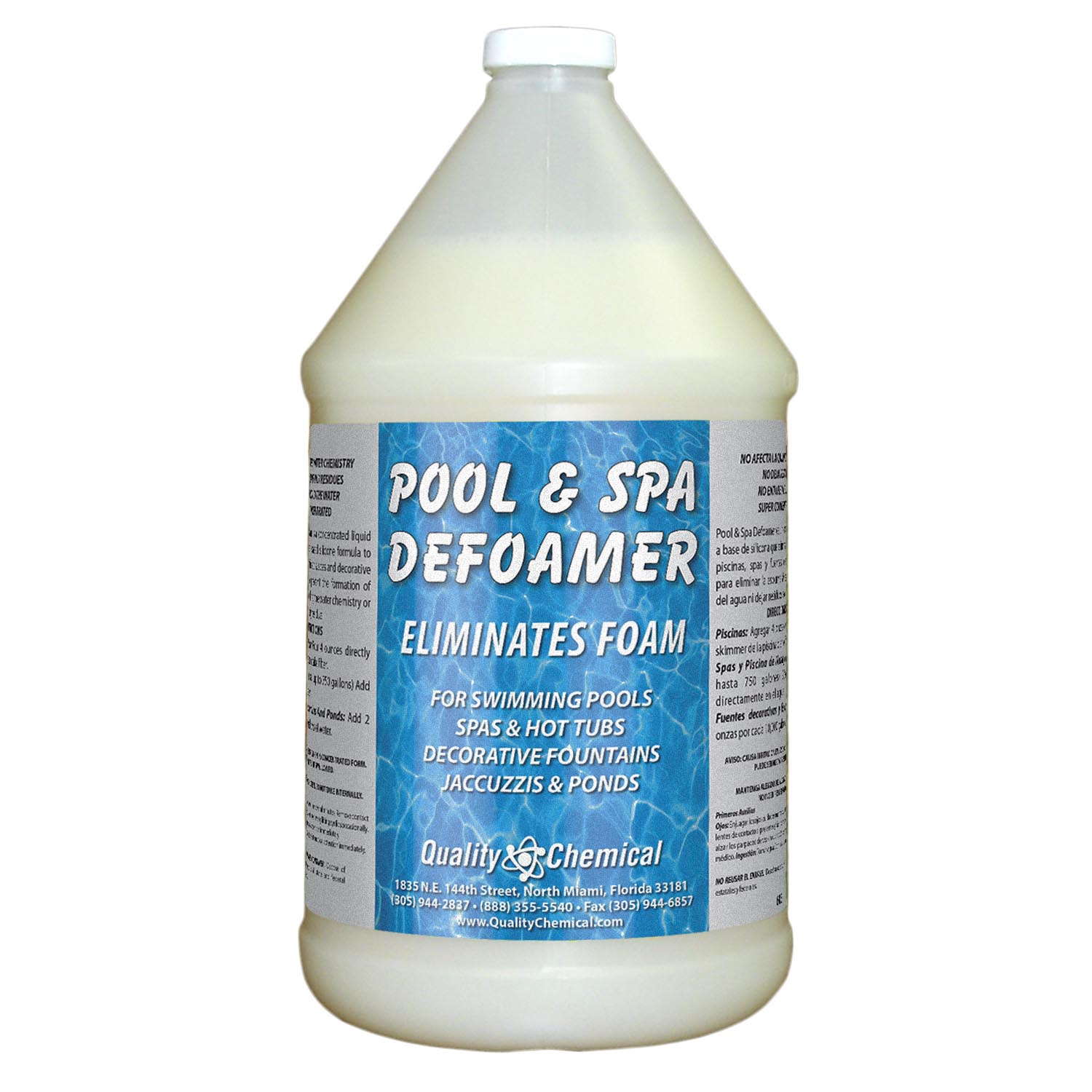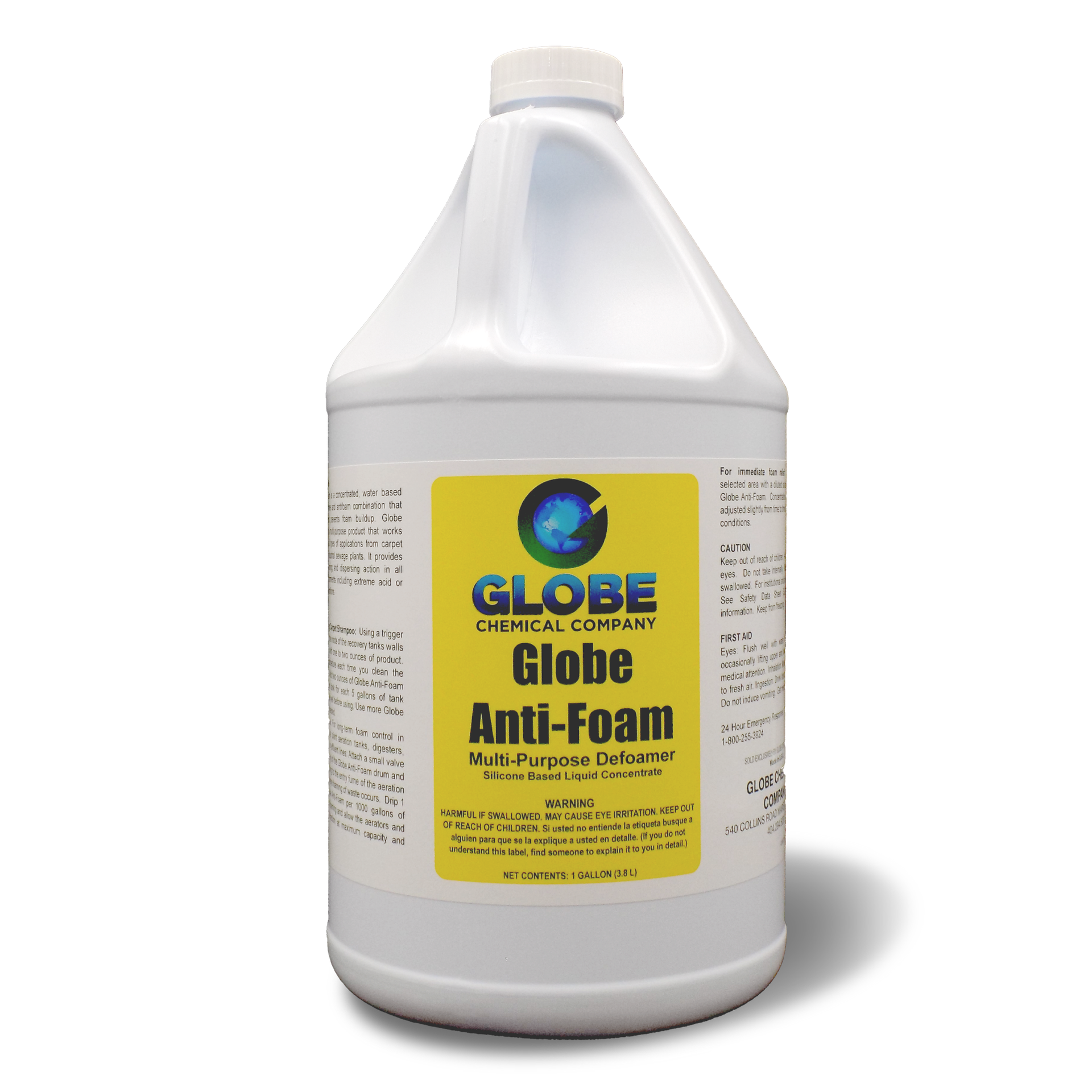How to Preserve and Manage Chemical Defoamer Properly and Effectively
How to Preserve and Manage Chemical Defoamer Properly and Effectively
Blog Article
Exactly How a Chemical Defoamer Can Boost Effectiveness in Your Procedures and Procedures
In today's competitive industrial landscape, functional performance is paramount, and the function of a chemical defoamer can not be ignored. By addressing foam-related challenges that disrupt procedures, defoamers not just promote smoother operations however likewise add to set you back savings and enhanced product high quality. Their influence extends numerous industries, making them an essential factor to consider for those aiming to maximize efficiency. Understanding the specific benefits and applications of defoamers elevates important inquiries regarding their option and application. What elements should you consider to maximize their efficiency in your procedures?
Understanding Chemical Defoamers
Chemical defoamers play a vital function in numerous commercial procedures by successfully minimizing and protecting against foam development. Foaming can lead to functional inefficiencies, raised production prices, and jeopardized product high quality. Defoamers are specialized chemical additives developed to interrupt the stability of foam bubbles, therefore allowing smoother processing and boosted performance across numerous industries, including food and drink, pharmaceuticals, and wastewater therapy.

These agents generally contain surfactants, oils, or polymeric substances that reduced the surface area tension of the fluid, helping with the collapse of foam. The device whereby defoamers run typically involves the destabilization of foam structures, permitting for quicker drain of fluid and the release of caught air. Various formulas are customized to specific applications, taking into consideration factors such as compatibility with the system, temperature level, and the nature of the liquid being dealt with.
Understanding the structure and capability of chemical defoamers is important for picking the appropriate product for an offered application. By optimizing defoamer choice based upon process requirements, sectors can enhance operational performance, minimize foam-related obstacles, and eventually improve overall efficiency.
Advantages of Making Use Of Defoamers
Using defoamers can dramatically enhance operational efficiency across various markets by properly alleviating foam-related problems. The existence of foam can interrupt processes, leading to increased downtime, lowered performance, and possible high quality deterioration in end products. Defoamers aid battle these obstacles by breaking down foam frameworks, therefore enabling smoother procedures.
Among the primary benefits of using defoamers is the reduction of waste and rework. By reducing foam formation, defoamers enhance the consistency of procedures, guaranteeing that materials are made use of efficiently. This not only lowers functional prices yet additionally adds to sustainability campaigns by lowering source usage.
Additionally, defoamers can improve product top quality. In making settings, too much foam can cause disparities in item attributes, impacting consumer satisfaction. By controlling foam degrees, defoamers aid keep the desired physical residential or commercial properties of items.

Applications in Different Industries
The performance of defoamers expands across a large range of sectors, where their application addresses details foam-related challenges fundamental to every field. In the food and drink sector, defoamers are vital for maximizing production processes, such as developing and milk processing, where excessive foam can hinder flow rates and decrease effectiveness. By lessening foam, these representatives boost item top quality and uniformity.
In the chemical production field, defoamers are employed in procedures like paint production and wastewater treatment. Below, they stop foam formation that can hinder mixing and separate phases, consequently boosting the total performance and performance of procedures.
In drugs, defoamers play an essential role in the formula of liquid drugs, making sure correct dose and security by managing foam during mixing and storage. (Chemical Defoamer)
In addition, in the farming market, defoamers are used in pesticide formulations to improve application efficiency and minimize waste.
Picking the Right Defoamer
Picking the proper defoamer is vital for achieving optimal performance in various applications. The selection procedure need to start with an extensive understanding of the particular issues handy, including the type of foam existing, the handling conditions, and the chemical compatibility with various other formulation parts.
Defoamers are developed from a variety of products, consisting of silicone, mineral best site oils, and fatty acids. Recognizing the best composition is vital, as various materials show varying efficiency in varied environments. For circumstances, silicone-based defoamers are typically favored in high-temperature applications as a result of their stability, while natural defoamers may be more suitable for water-based systems.
Furthermore, think about the defoamer's effect on the final item. Some formulas can modify the aesthetic or useful buildings, making it imperative to pick a defoamer that fulfills item specs without endangering high quality.
Examining is another important step in choosing a defoamer. Small trials can supply useful insights right into the defoamer's performance, this post enabling adjustments prior to major implementation. By very carefully reviewing these elements, services can boost performance and guarantee that the defoamer successfully fulfills their operational requirements.
Finest Practices for Execution
Executing a defoamer effectively calls for cautious planning and adherence to finest practices to optimize its effectiveness. Perform a comprehensive assessment of the particular application and foam characteristics. Comprehending the type and source of foam will direct the choice of one of the most ideal defoamer solution.
Following, develop the optimum dose (Chemical Defoamer). Start with a small-scale test to figure out the minimal reliable focus, as too much usage can lead to damaging effects on item quality or functional efficiency
Tracking and adjusting the application method is essential; make sure that the defoamer is introduced at the best factor while doing so for optimal effect, such as during mixing or immediately after foam formation.

In addition, preserve clear communication with all appropriate workers to make sure constant application techniques and to share insights on performance end results.
Conclusion
In final thought, the use of chemical defoamers plays a crucial duty in enhancing operational efficiency across diverse industries. Inevitably, the consolidation of defoamers into commercial processes fosters integrity and contributes to general efficiency improvement.

In the food and drink sector, defoamers are essential for maximizing production processes, such as developing and milk processing, where extreme foam can prevent flow rates and minimize performance. Silicone-based defoamers are frequently preferred in high-temperature try this web-site applications due to their security, while organic defoamers might be extra appropriate for water-based systems.
Report this page